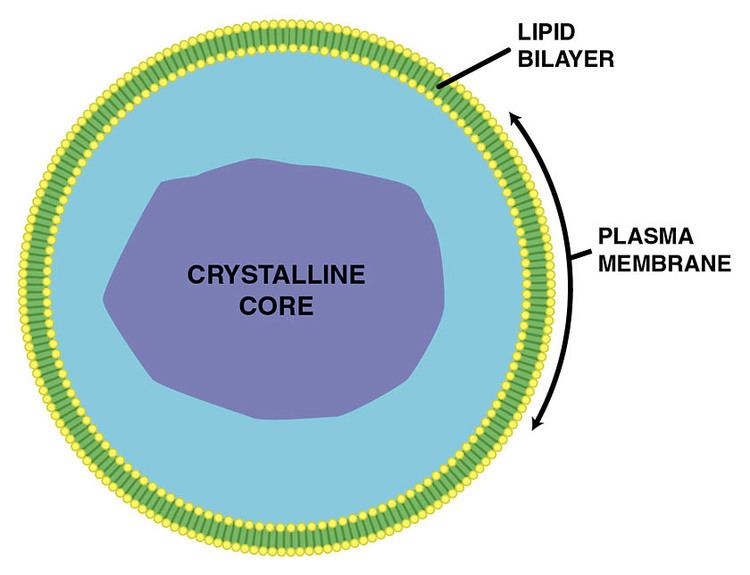Specialty endocrinology ICD-9-CM 277.89 DiseasesDB 30598 | ICD-10 E80.3 OMIM 115500 MeSH D020642 | |
 | ||
Acatalasia (also called acatalasemia, or Takahara's disease) is an autosomal recessive peroxisomal disorder caused by a complete lack of catalase.
Contents
Presentation
The disorder is relatively benign, although it causes an increased incidence of periodontal infections, and can under rare circumstances lead to gangrene.
Genetic Basis
Occurrence of acatalasia is often the result of mutation in the CAT gene which codes for the enzyme catalase.
Occurrence
Researchers estimate that the condition occurs in every 12,500th person in Japan, every 20,000th in Hungary, and every 20,000th person in Switzerland.
History
In 1948, Dr. Shigeo Takahara (1908–1994), a Japanese otolaryngologist first reported this new disease. He had examined a patient with an oral ulcer. He had spread hydrogen peroxide on the diseased part, but oxygen was not generated due to the lack of catalase.
